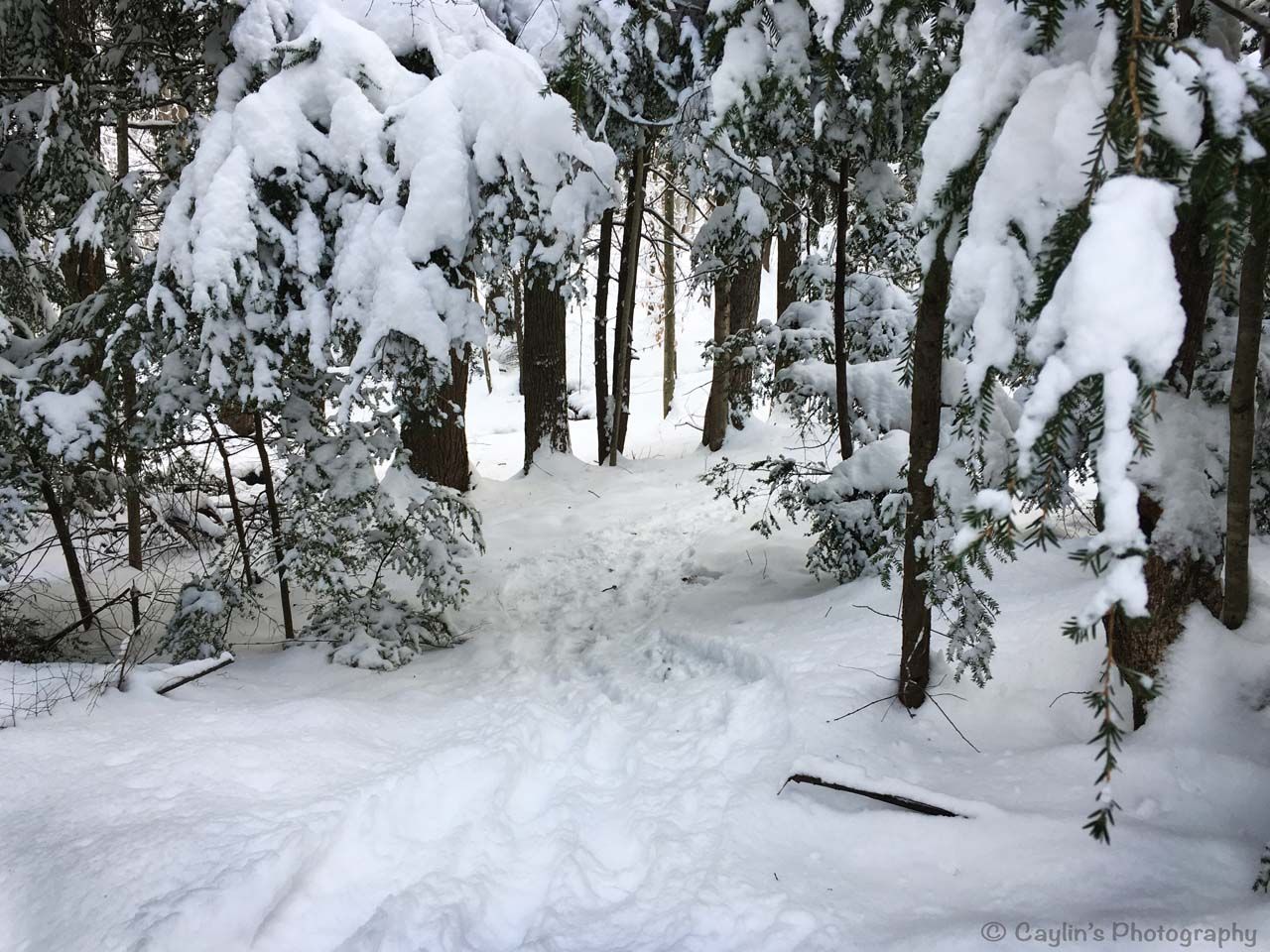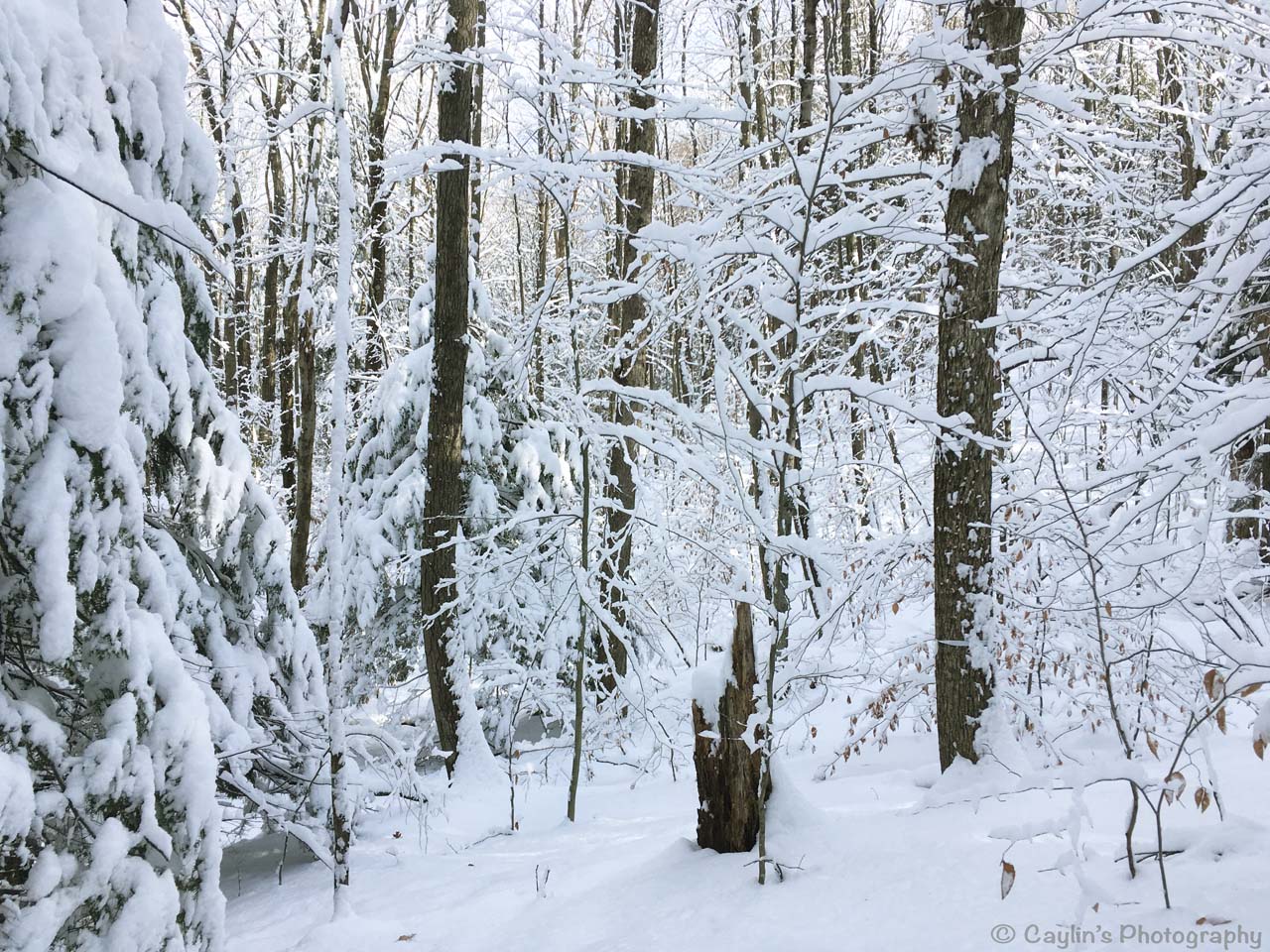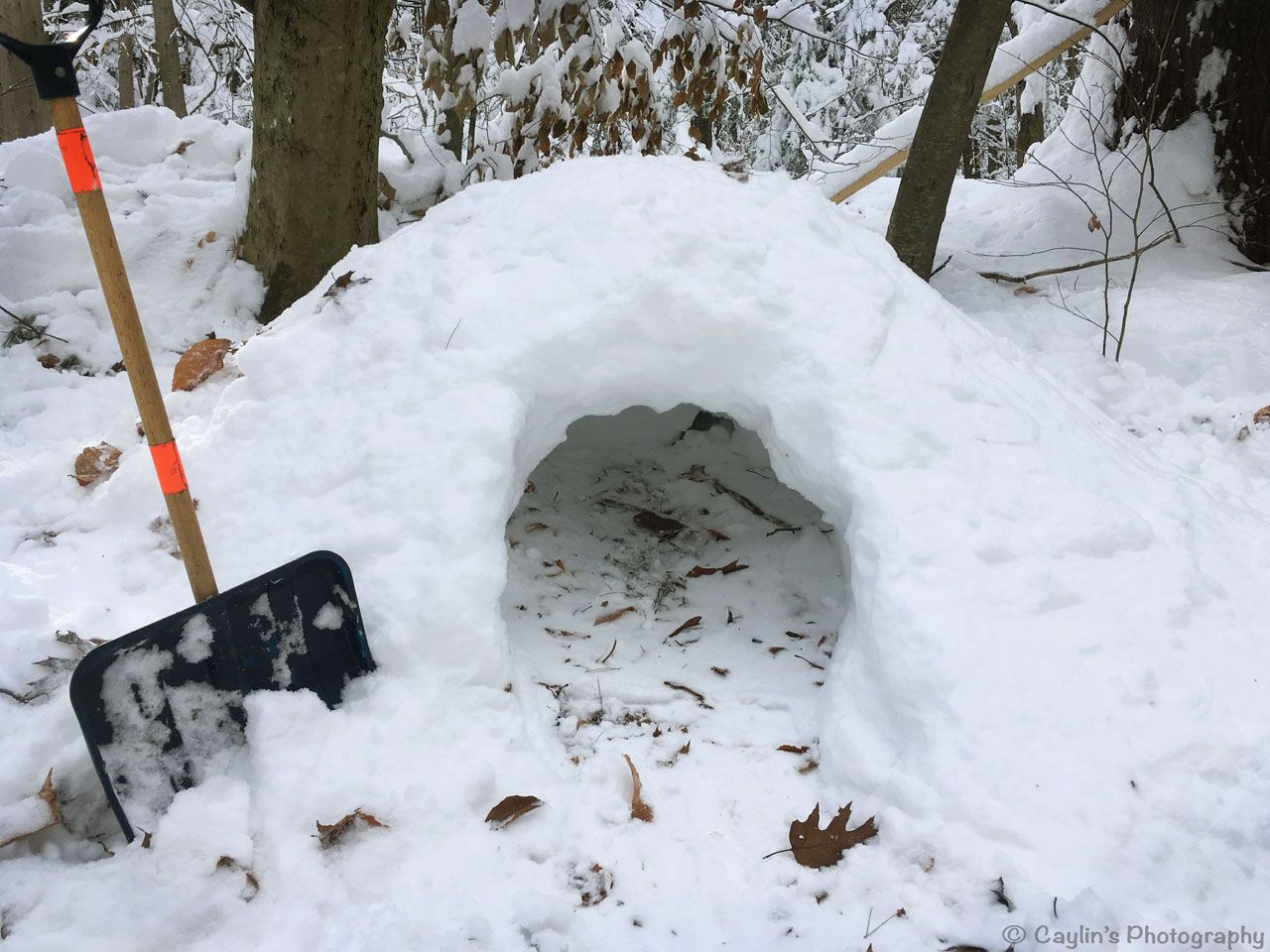
Blog
Stories from my personal journey learning about and delivering Nature-rooted programs across three different countries
Why being wet and cold can be a good thing...
Caylin (Forest Schooled)

Empty space, drag to resize
Short on time? Listen to this blog post as a podcast. And subscribe to my podcast channel on Apple Podcasts, Google Podcasts, or Spotify.
If you've been following the Forest Schooled blog for a while, you might be aware that earlier this year I moved from southern England, UK to New England, USA. I've actually noticed quite a few similarities between the two places (other than their names), but when I got up an hour early the other day to shovel my car out of the snow I thought, "This is definitely different..." Of course, it snows in southern England too, but in my experience, not nearly as often or as much as it does where I am now!
So I've been on a bit of snowy weather learning curve over the past few weeks in both shovelling driveways and working with kids outdoors! One of the things I've learned is that snow brings many challenges when it comes to being outside, especially with kids. For example, to state the obvious: everything that touches snow is at great risk of getting wet and cold. With each new snowball made, mittens can get damper and damper and lead to fingers that get colder and colder. Even if you do your best to avoid directly touching snow, it still finds a way to sneak into your boots, up your sleeves, down the back of your neck, and even seep through supposed "water-proof" outer clothing. All of a sudden you might notice a dampness in your socks, near your knees, around your wrists, and sometimes you might even feel a cold trickle of melting snow down your back!
Also, it's physically challenging to move in snow. Snow makes for uneven terrain and creates a resistance that demands more muscle power to move through it. It seems that slipping, tripping, and falling are requirements when it comes to walking in snow, particularly for children who are still building their strength and coordination. Movement is also restricted by the extra clothing layers worn in cold weather. All those added layers make it more difficult to bend body parts necessary for motion like knees, hips and elbows. Often, dressing for cold weather is basically the same as agreeing to walk like a penguin. Therefore traveling time is severely impacted by snow. A distance that used to take 2 minutes to walk can take 10 minutes... or maybe even more!

It's also worth mentioning the issue of dripping noses, as going out into the cold weather seems to create a chorus of sniffles. Thus, having something to wipe away a leaking nose, even if it's just your own, can be a real advantage!
So after spending a few hours outside with a group of children in which you've designated a good portion of your time assisting with putting mittens and hats back on over and over again (and hopefully finding the ones that seem to always go missing!) and it's taken you 30 minutes to walk 1/8 of a mile, you might feel you need a reminder about why it's worth creating an army of cold, damp, penguins participating in a sniffle symphony...
I remind myself by recognising that there are so many benefits that come with all the challenges associated with being outside in the winter. The two hours I spent in the snow with a group of 4 year olds this past week were filled with wonderful opportunities for learning and development. The snow sparked the children's creativity to explore the outdoor space in a new way and provided a means for great physical exercise!
For example, one boy ran to the top of a snow mound and jumped off it onto his belly. He slid down the mound head first and created a chute behind him that he and the other children then started to use as a slide. They spent several minutes taking turns sliding down and running back up to the top of the mound to try it over and over again. They also started experimenting with different body positions for sliding - they tried head first, feet first, backwards, rolling... They learned what positions made them go faster, slower, or what stopped them from moving at all.
Next we went on a mini hike down to a fallen tree the children have grown attached to and ask to visit from time to time. We were all curious about what the tree might look like in the snow. One child was inspired to dig a snow tunnel so we brought shovels with us in the hopes that we might find a suitable spot to do this near the tree. The snow wasn't quite deep enough to dig a tunnel, but we were able to work on making a small snow fort! The children were really excited to crawl and sit inside it.

As we played, snow creeped into the folds of our clothing and one girl expressed she was feeling cold. Even though she'd brought a scarf with her that day, she'd taken it off and specifically chosen not to wear it. This prompted a discussion about how wearing the scarf could help keep her warmer the next time.
Soon it was time to go, so we left the tree and our fort to make our way back to base camp to gather our things. We took a different route to get back which required forging a new path through snow that was up to my knees and some of the kid's waists! By the time we made it back, I think we all felt a little worn out. Hearts were pumping and muscles were tired, but I don't think I heard one person complain. I know I felt appreciative for the great exercise and how the phsyical activity had helped keep me warm.
When we finally left the forest that morning, we were all somewhere on the spectrum of wet, cold, and tired and I'll readily admit that going into the warm was a welcome relief! However, I don't think any of us felt like we'd have chosen to stay inside over the experience of being out that morning. It was wonderful how the snow had allowed us to appreciate our space in a different way, inspired us to try new things, and challenged us in both mental and physical ways. Being cold and wet aren't necessarily fun things to be and of course it can turn dangerous with prolonged exposure. Therefore, it's imperative to be aware of the risks involved in being outdoors in winter and know how to manage them. These are also things children can learn too (like how it's worth wearing your scarf even if you don't think you need it).
So, winter weather certainly brings about challenges, but it also provides opportunities to develop strength and resilience for overcoming those challenges. Being out in the cold allows us to learn a lot about our own bodies and how we can manage our own movement and clothing to help us endure the freezing temperatures. Winter also provides a wealth of possibilities for play, creativity, physical exercise, learning, and joy that make it all worthwhile. And that is why I say being wet and cold can be a good thing...
More Posts
WANT TO GET FOREST SCHOOLED TOO?
Subscribe to my email letters, something special from me to you so we can learn together. Each one is filled with heart-felt stories from the forest, resources you may find useful, and things that hopefully bring a smile too.
Thank you!
© by FOREST SCHOOLED
